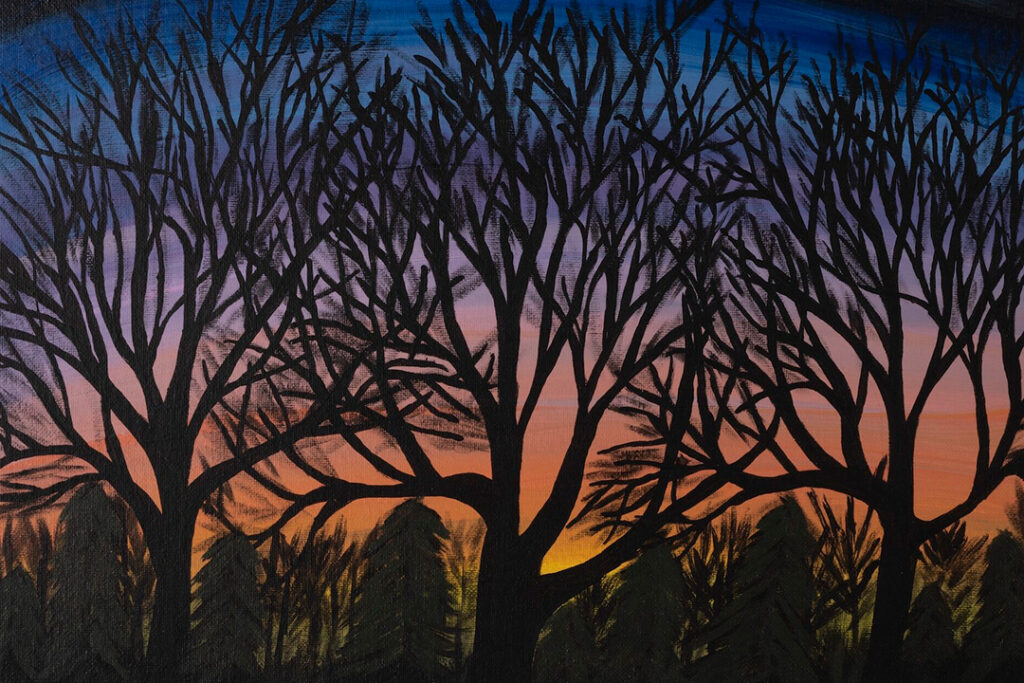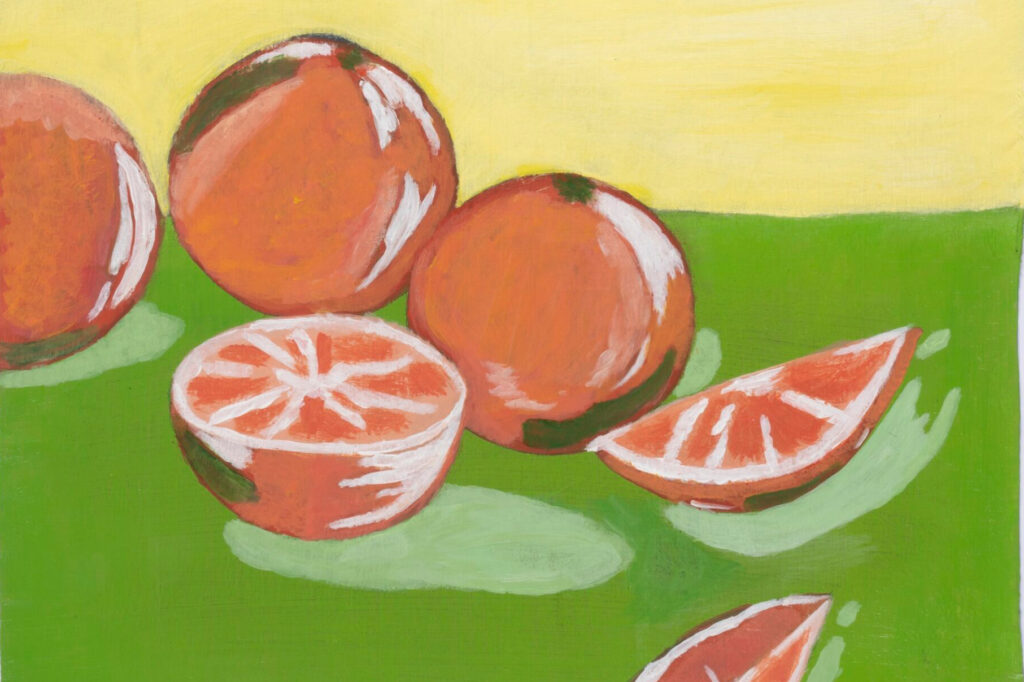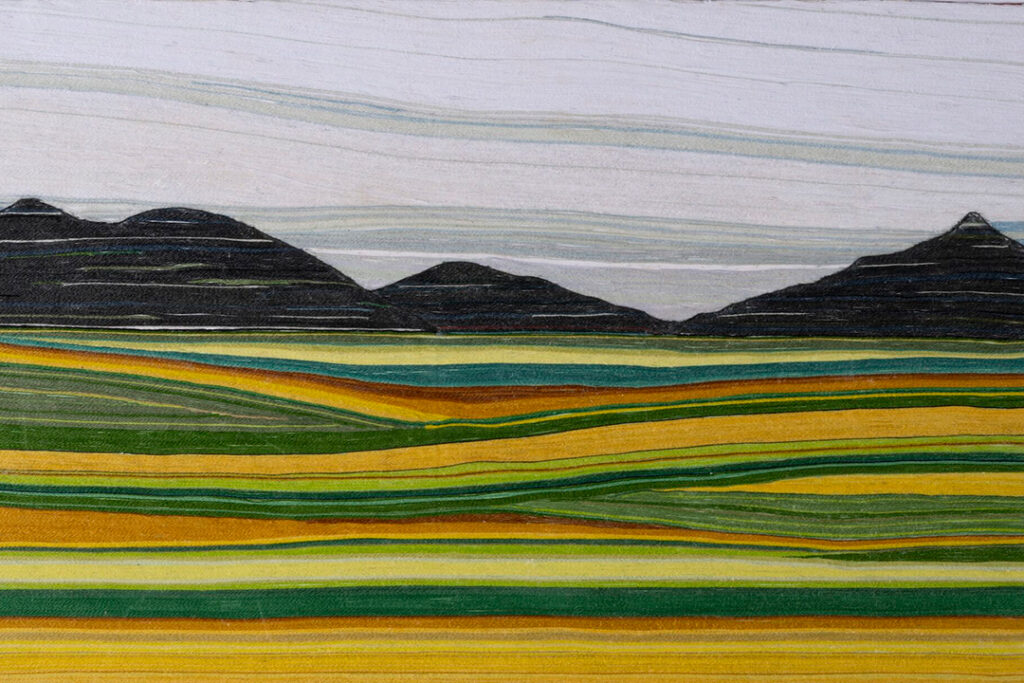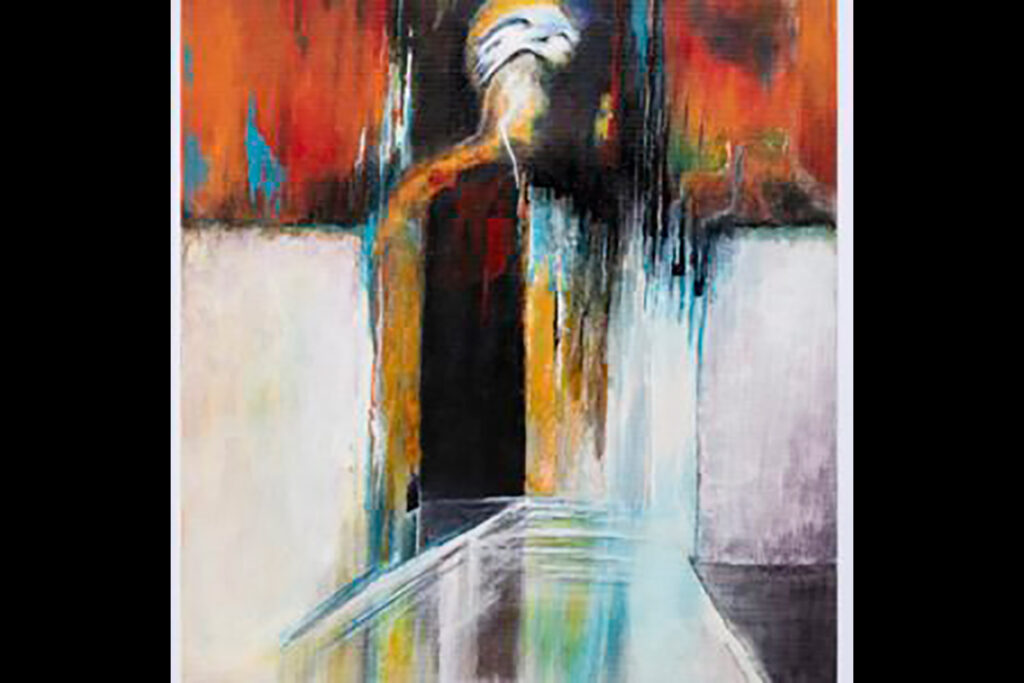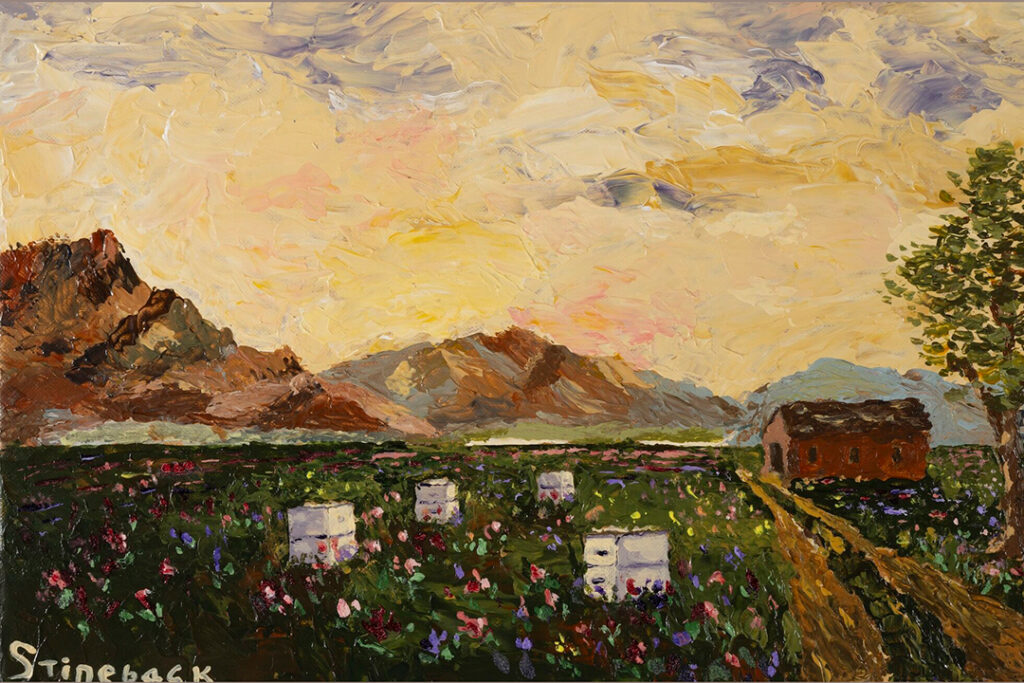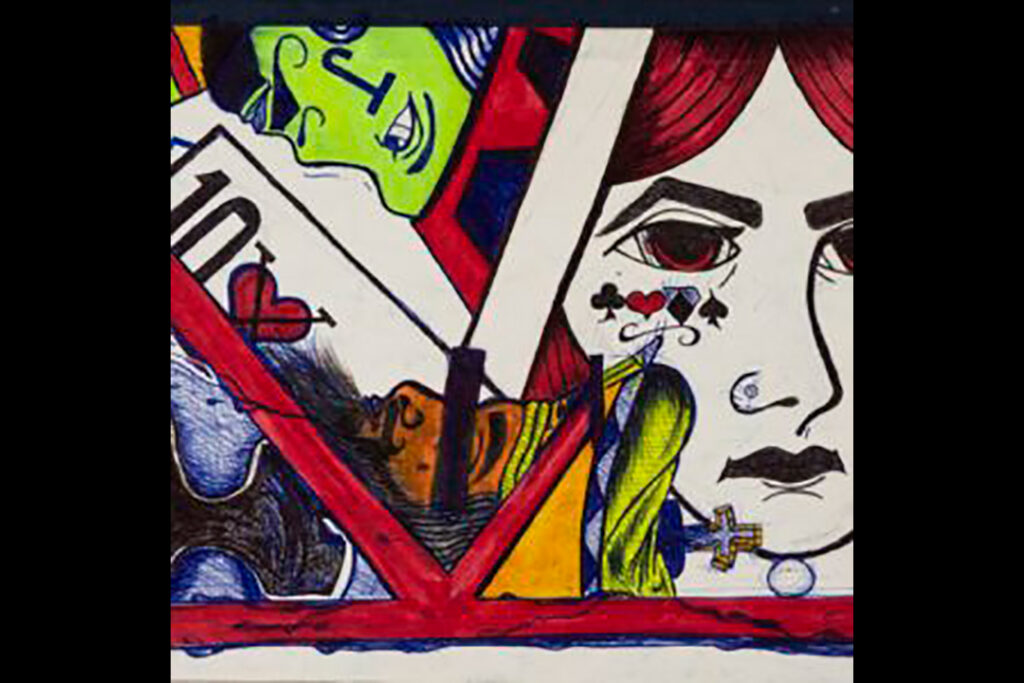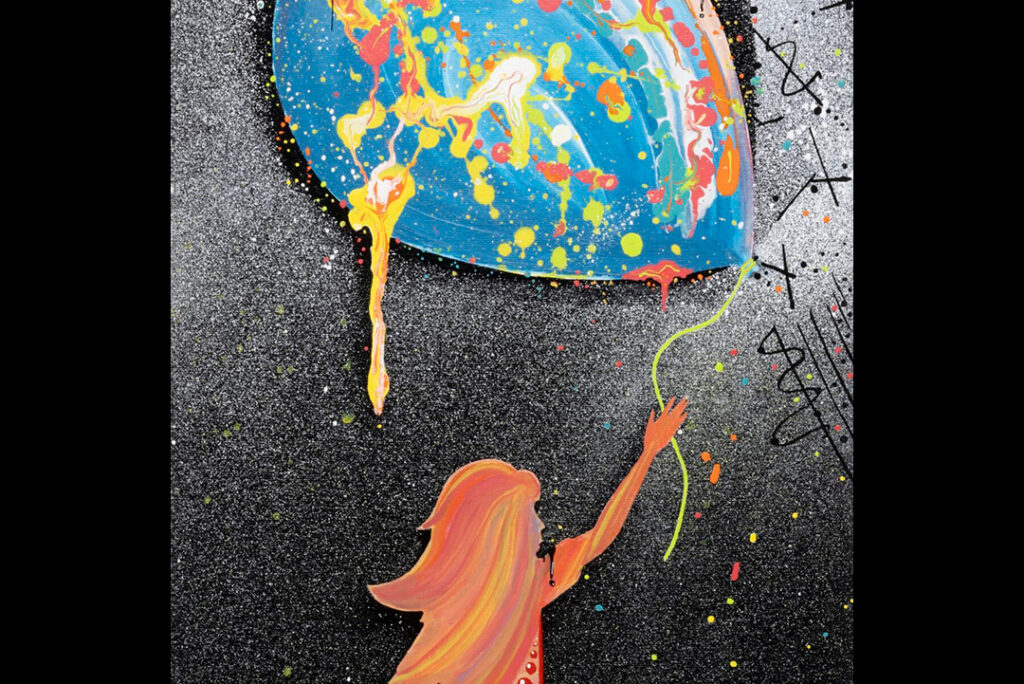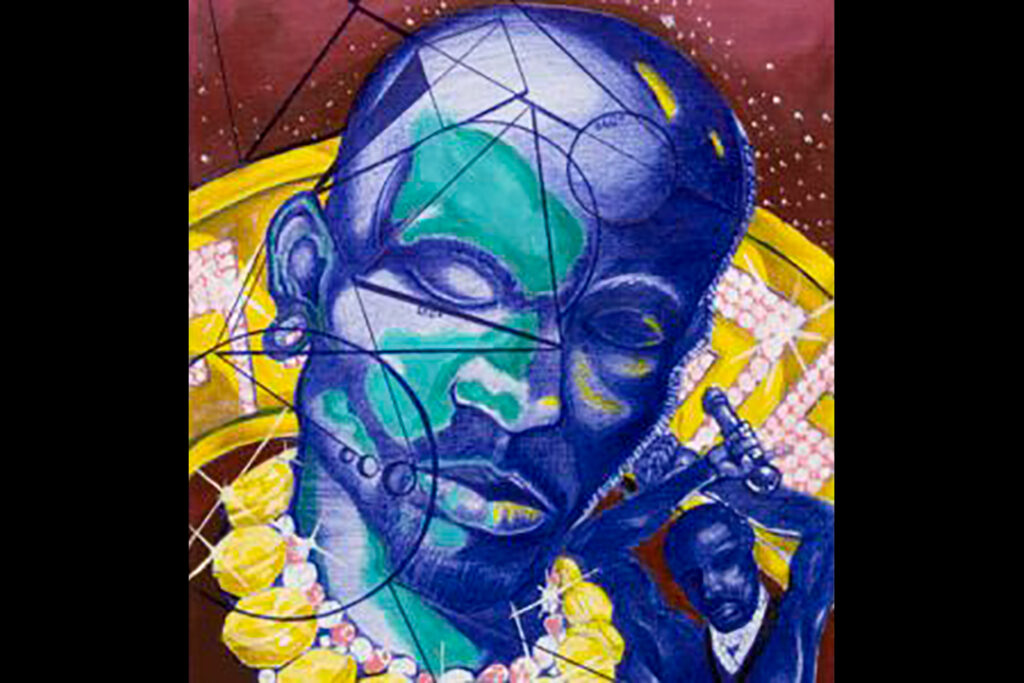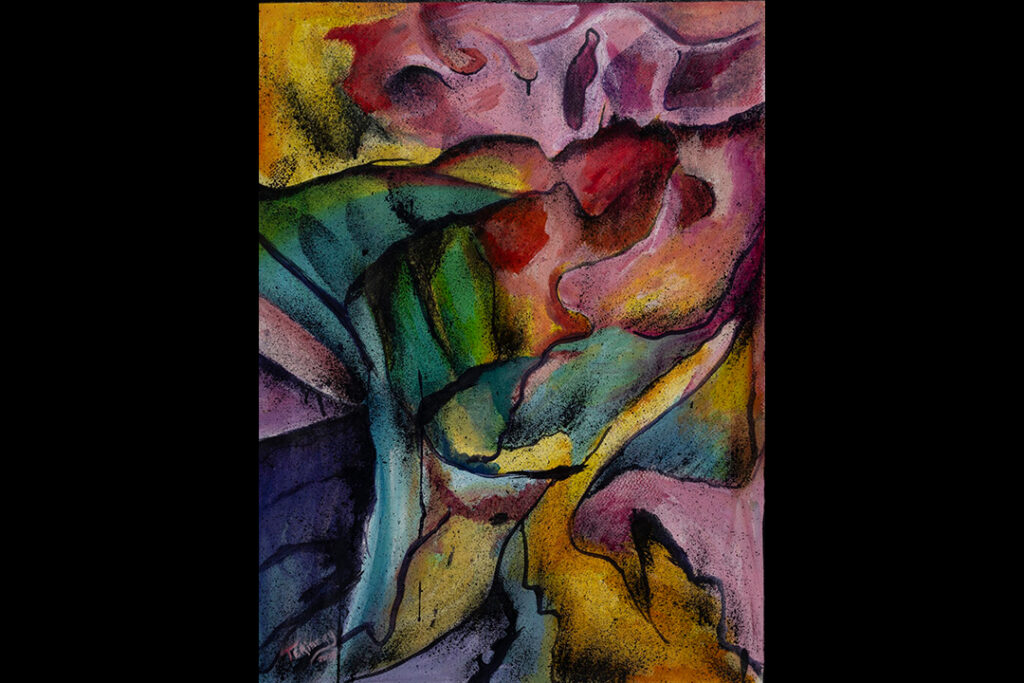The order that launched the Revolutionary War, 250 years later
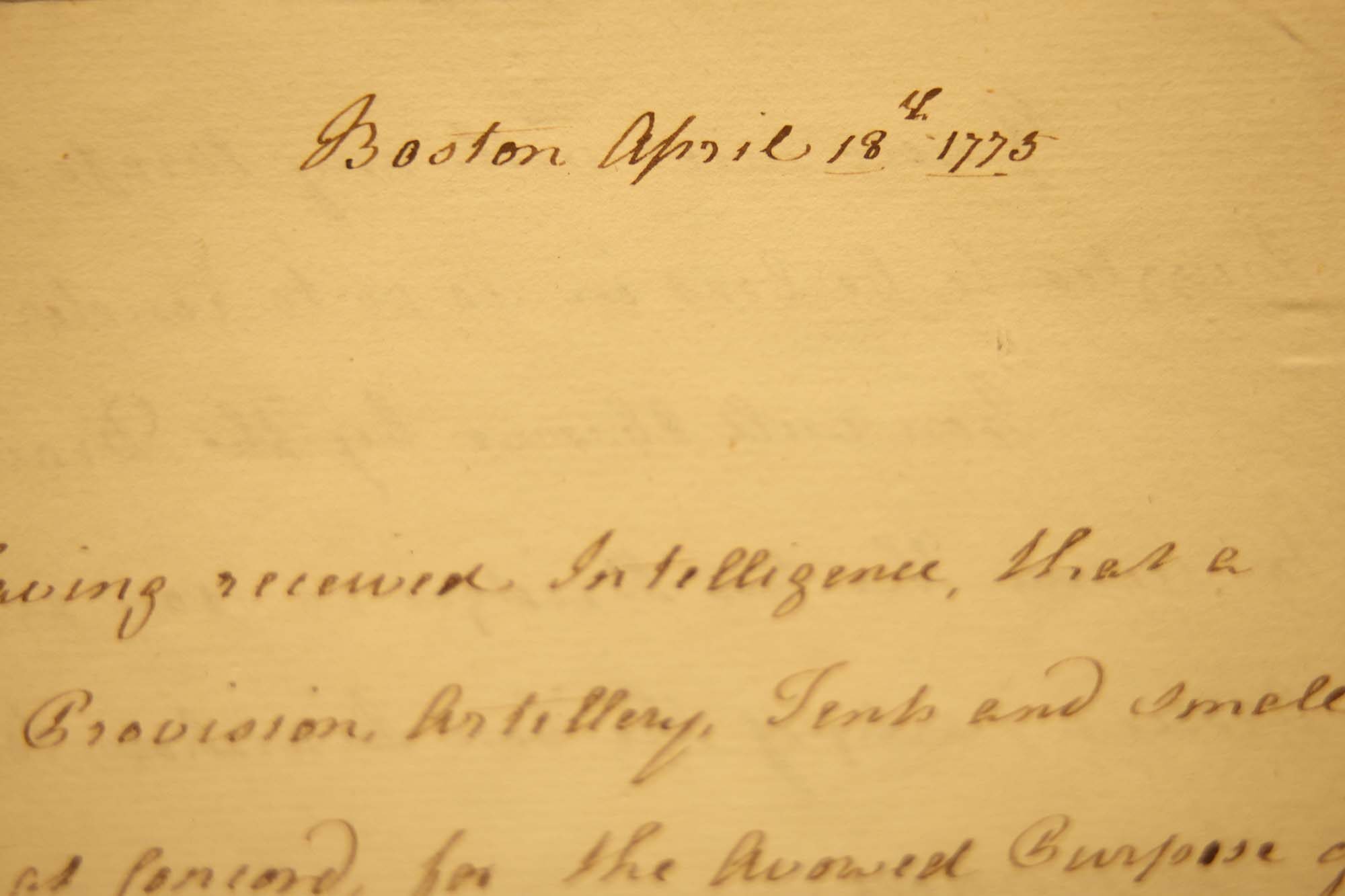
The ‘shot heard ’round the world’ can be traced to one manuscript containing the orders for the Concord Expedition on April 18, 1775. The quill-to-paper draft orders, penned by British Army officer Thomas Gage, sparked the Battle at Lexington and Concord the following day. U-M’s Clements Library holds the document.
-
Lowest resident undergraduate tuition increase in a quarter century
U-M will implement the lowest resident undergraduate tuition increase since 1984 paired with a record amount of undergraduate financial aid and a new Economic Hardship Program designed to offer additional help to Michigan families.
Related:
-
The world game, home field
Video: On summer evenings on U-M’s Mitchell Field, players from around the world gather for games of pickup soccer.
-
Six-time champions win American Solar Challenge
Finishing more than two hours ahead of its nearest competitor, the University of Michigan Solar Car Team has won the American Solar Challenge for a third consecutive North American title.
-
Are social democracies really better for health than right-wing dictatorships?: U-M study
“These findings raise serious doubts about the belief that the type of political regime and the level of health care spending exert major influences on population health,” says U-M’s Jose A. Tapia Granados.
-
Michigan iPhone app offers access to range of campus information
Designed to connect students, faculty and staff, Michigan is a free iPhone app that provides access to university information. With a few taps on an iPhone people now can search for somebody in the U-M directory, navigate campus, access the Magic Bus system and even check out what’s being served in the dining halls.
-
New variants found that indicate a predisposition to type 2 diabetes
“What our study suggests is that many [newly discovered DNA] variants are associated with changes in glucose levels long before people get diabetes,” said U-M’s Michael Boehnke, a co-leader of the study.
Related:
Columns
-
President's Message
Reaffirming our focus on student access and opportunity
U-M seeks to ensure every student will rise, achieve, and fulfill their dreams. -
Editor's Blog
Peace out
It's a mad, mad, mad, mad world out there. -
Climate Blue
Keeping our focus on climate
As federal support for climate science wanes, Ricky Rood remains hopeful. -
Health Yourself
Are you an ‘ager’ or a ‘youther’?
Why do some people appear younger or older than people born in the same year?
Listen & Subscribe
-

MGo Blue podcasts
Explore the Michigan Athletics series "In the Trenches," "On the Block," and "Conqu'ring Heroes." -

Michigan Ross Podcasts
Check out the series "Business and Society," "Business Beyond Usual," "Working for the Weekend," and "Down to Business." -

Michigan Medicine Podcasts
Hear audio series, news, and stories about the future of health care.
In the news
- USA Today US consumer sentiment and expectations fall again in April as tariff uncertainty continues
- CNN Beyond Ivy League, RFK Jr.'s NIH slashed science funding across states that backed Trump
- Detroit Free Press Inflation is slowing. Wages are up. So why does life feel costly for many Michiganders?
Creativity and connection across prison walls
One of the world’s largest and longest-running exhibitions of incarcerated artists is back with new programming designed to foster connection and deepen public understanding of incarceration in Michigan. The 29th annual Exhibition of Artists in Michigan Prisons, curated by U-M’s Prison Creative Arts Project, showcases 772 artworks by 538 artists incarcerated in 26 state prisons. The Duderstadt Center Gallery on U-M’s North Campus is presenting the artwork through April 1.











